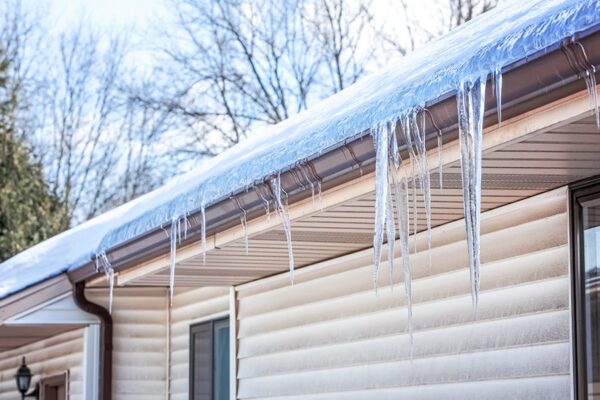On August 23, 2024, the U.S. Court of Appeals for the 5th Circuit vacated the U.S. Department of Labor’s (DOL) 2021 rule that revised tip credit regulations under the Fair Labor Standards Act (FLSA).
This regulation, commonly referred to as the 80/20/30 rule, has now been vacated in the case of Restaurant Law Center v. U.S. Department of Labor.
Highlights
- On Oct. 29, 2021, the DOL issued a final rule updating tip credit regulations under the FLSA, effective Dec. 28, 2021.
- On 23, 2024, the U.S. Court of Appeals for the 5th Circuit vacated the DOL’s 2021 final rule, finding it contrary to the FLSA and APA.
- Employers may continue to rely on state and local laws that are more protective than the FLSA, including versions of 80/20/30 guidance, and monitor additional legal challenges or federal action, including a possible appeal by the DOL.
- The 5th Circuit’s decision does not impact the DOL’s dual jobs regulation.
Background
The FLSA allows employers to claim a tip credit when compensating tipped employees for tipped work. This credit allows employers to pay their tipped employees as little as $2.13 per hour as long as they make at least the federal minimum wage when tips are factored in. Tipped employees are those engaged in occupations in which they customarily and regularly receive more than $30 a month in tips. The DOL recognizes that some employees routinely engage in both tipped and nontipped occupations. These are known as dual-job situations. However, there is a difference between employees with dual jobs and employees who incidentally engage in nontipped occupations, such as maintenance work and preparatory or closing activities.
On Oct. 29, 2021, the DOL issued a final rule addressing dual jobs, which modified the dual jobs portion of the agency’s 2020 tip final rule. The 2021 final rule clarified that the work employees performed that directly supported tip-producing work could only be considered part of any employee’s tipped occupation if the work was not performed for a substantial amount of time. This rule limited the time an employee could spend on work that was not tip-producing to 20% of the employee’s hours in a given workweek while still allowing the employer to claim a tip credit. The final rule distinguished between tip-producing work (e.g., waiting tables) and work that supports tip-producing work (e.g., bussing tables). The final rule also imposed a new “30-minute” restriction, limiting the continuous time during a shift that a tipped employee could spend performing tip-supporting work.
Court Case and Impact
In Restaurant Law Center, the plaintiffs challenged the DOL’s 2021 final rule, alleging that the DOL improperly considered whether an employee’s duties are related to the pursuit of tips instead of whether they relate to the worker’s overall job. The 5th Circuit found that the DOL’s 80/20/30 rule was inconsistent with the text of the FLSA and arbitrary and capricious under the Administrative Procedure Act (APA). In doing so, the court vacated all the DOL’s 2021 final rule.
In vacating the rule, the 5th Circuit’s decision is intended to impact the tip credit regulation nationally. However, other circuit courts may find that the 5th Circuit lacks the authority to impact the rule on a nationwide basis. Therefore, it’s unclear whether the DOL rule remains in effect for states other than those in the 5th Circuit (Texas, Louisiana and Mississippi). However, the court clarified that the ruling does not impact the dual jobs regulation. Impacted employers should monitor this situation, as the DOL may appeal the 5th Circuit’s decision or issue new rulemaking addressing the decision.
Material posted on this website is for informational purposes only and does not constitute a legal opinion or medical advice. Contact your legal representative or medical professional for information specific to your legal or medical needs.



